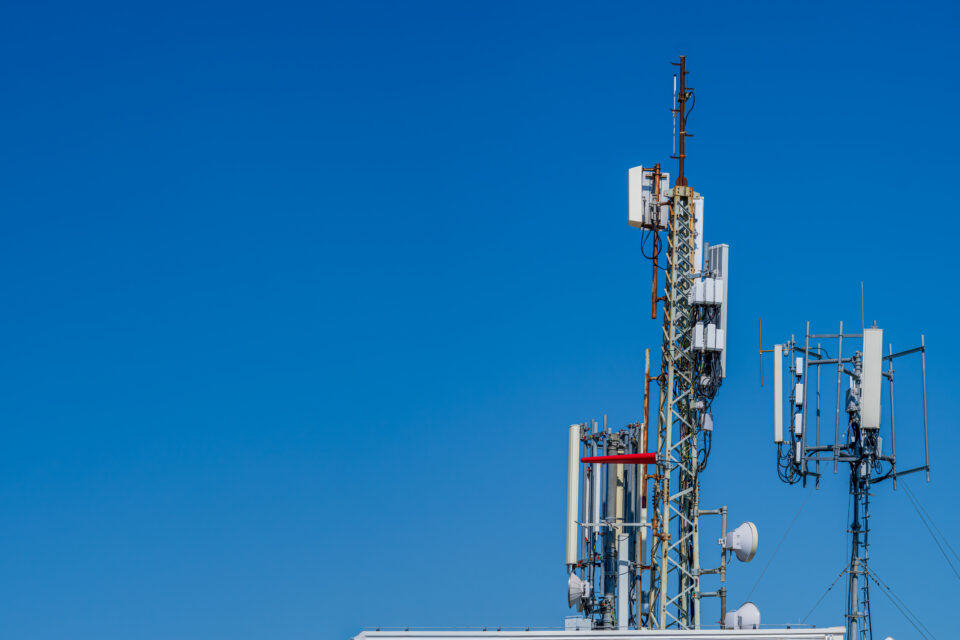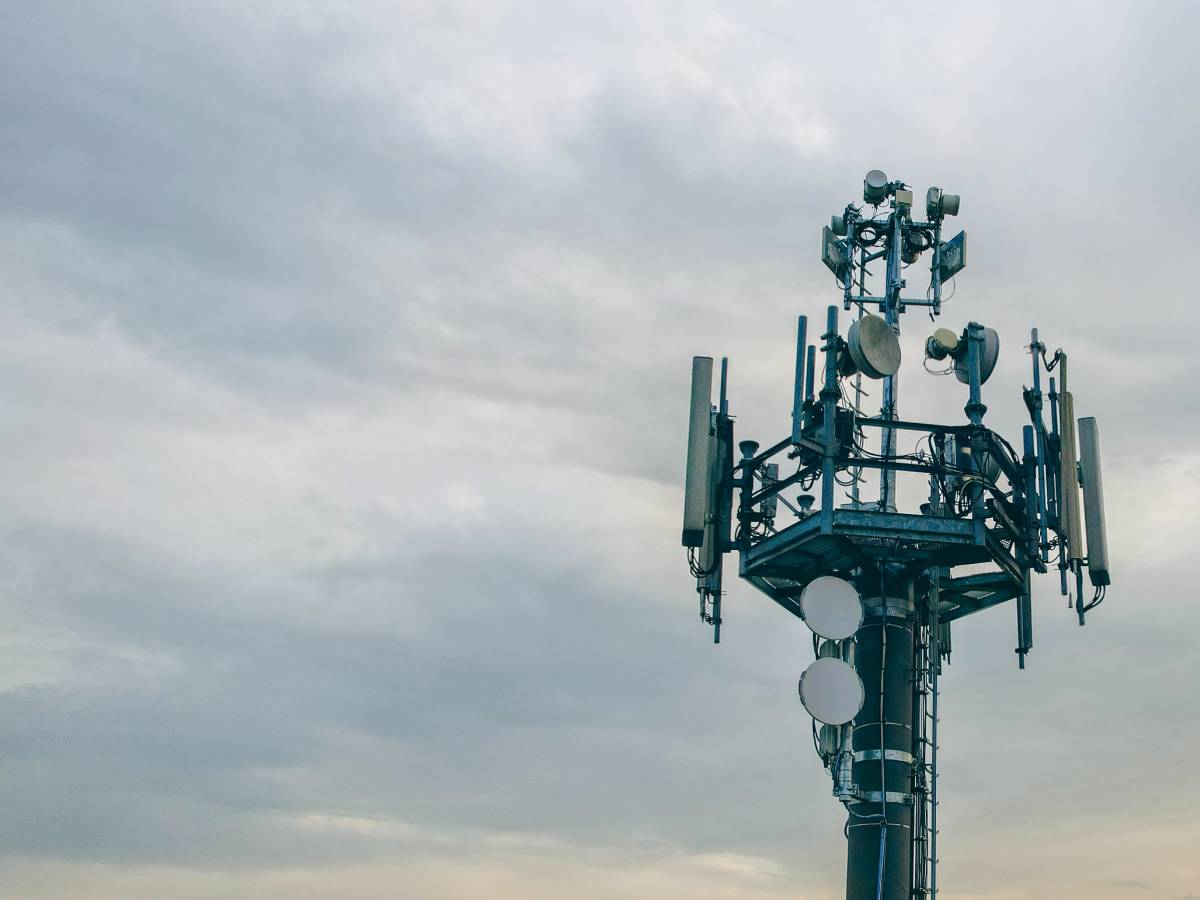As someone who’s spent over 18 years helping business owners and landlords maximize their real estate investments, I’ve witnessed how telecommunications infrastructure can transform property values and revenue potential. The shift to 5G represents the most significant opportunity I’ve seen for property owners and communication service providers to unlock new revenue streams while meeting the explosive demand for 5G connectivity.
Key Takeaways
• Strategic 5G infrastructure revenue maximization can create multiple new revenue streams for property owners and telecommunications providers
• Enterprise 5G solutions and network slicing technologies offer significant monetization opportunities beyond traditional wireless services
• Smart implementation of 5G deployment strategies maximizes return on investment while meeting growing demand for high-speed connectivity
Understanding the 5G Revenue Landscape

The global 5G infrastructure market represents a massive opportunity that extends far beyond traditional mobile internet services. Network operators and property owners who understand how to monetize 5G technology are positioning themselves at the forefront of a telecommunications revolution that’s reshaping entire industry verticals.
5G monetization isn’t just about hosting cell towers anymore. The capabilities of 5G enable entirely new business models that can significantly impact average revenue per user and create sustainable income streams that weren’t possible with 4G technology.
The deployment of 5G requires substantial infrastructure investments, but the potential returns justify these massive investments in 5G technology. Network providers need strategic partnerships with property owners to deploy 5G networks effectively, creating win-win scenarios that benefit both parties.
Strategic Revenue Streams in the 5G Era
Enterprise 5G Solutions
Enterprise 5G represents one of the most lucrative segments of the 5G opportunity. Businesses are willing to pay premium pricing models for dedicated 5G services that offer low latency and increased efficiency. As a property owner or telecommunications provider, understanding how to leverage 5G for enterprise clients can generate significant revenue streams.
I’ve seen commercial properties transform their revenue potential by partnering with network operators to provide dedicated 5G solutions. These partnerships often include revenue-sharing agreements that benefit property owners while giving enterprises the high-performance connectivity they need for applications like augmented reality, smart manufacturing, and real-time data analytics.
Fixed Wireless Access Revenue
Fixed wireless access using 5G technology offers communication service providers an opportunity to compete directly with traditional broadband services. The 5G speeds achievable through fixed wireless can rival fiber connections while requiring less infrastructure investment in many scenarios.
Property owners with strategic locations can monetize these deployments through lease agreements that provide steady revenue while helping network operators expand their coverage areas. The demand for 5G services in both residential and commercial markets continues to grow, making these partnerships increasingly valuable.
Network Slicing Monetization
Network slicing represents one of the most innovative aspects of 5G monetization opportunities. This technology allows network operators to create virtual networks within 5G infrastructure, each optimized for specific use cases and customer segments.
For property owners hosting 5G infrastructure, network slicing can multiply revenue potential by enabling multiple service tiers on the same physical network. Enterprise customers might pay premium rates for guaranteed performance slices, while consumer services operate on shared network resources at lower price points.
Smart Cities and Infrastructure Integration
The integration of 5G technology with smart cities initiatives creates numerous revenue-generating opportunities. Municipal properties and commercial real estate can serve as critical nodes in smart city networks, generating revenue while contributing to improved urban services.
I’ve observed how properties with strategic 5G infrastructure become more attractive to tenants and command higher lease rates. The enhanced connectivity supports Internet of Things (IoT) applications, smart building management systems, and improved tenant experiences that justify premium pricing.
Smart cities applications like traffic management, environmental monitoring, and public safety systems require extensive 5G coverage. Property owners who position their buildings as infrastructure hubs for these services can negotiate favorable long-term agreements with municipalities and service providers.
Maximizing Return on Investment Through Strategic Deployment
Location Optimization
The impact of 5G depends heavily on the strategic placement of infrastructure. Not all locations offer equal revenue potential, and understanding the factors that drive 5G adoption can help maximize returns on infrastructure investments.
High-traffic commercial areas, business districts, and properties near transportation hubs typically offer the best opportunities for 5G monetization. The number of connected devices in these areas justifies higher infrastructure investments and supports premium pricing models.
Partnership Strategies
Successful 5G revenue maximization often depends on strategic partnerships between property owners and network operators. These relationships should be structured to align incentives and ensure both parties benefit from the growing demand for 5G services.
I recommend that property owners negotiate agreements that include both base rental income and revenue-sharing components. This approach provides stable income while allowing property owners to participate in the upside as 5G adoption grows and new revenue streams develop.
Technology Integration
The 5G core infrastructure can support multiple revenue streams simultaneously. Property owners should work with experienced network operators to design installations that maximize flexibility and future expansion opportunities.
Edge computing capabilities integrated with 5G infrastructure can create additional revenue opportunities by supporting low-latency applications that require local data processing. These services command premium pricing and are expected to grow significantly as more businesses adopt 5G-enabled technologies.
Overcoming Market Challenges
Investment Recovery Strategies
The substantial upfront costs associated with 5G infrastructure investments require careful planning to ensure positive returns. Network operators must balance coverage expansion with revenue generation to justify these massive investments in 5G technology.
Property owners can help address these challenges by offering flexible lease terms that align with network deployment timelines. Graduated rental structures that start lower during initial deployment phases and increase as revenue streams develop can make projects more financially viable.
Regulatory Considerations
The telecommunications industry faces various regulatory requirements that can impact 5G deployment and revenue generation. Understanding these regulations helps property owners and network operators structure agreements that comply with requirements while maximizing revenue potential.
Zoning regulations, building codes, and aesthetic requirements can influence 5G infrastructure deployment costs and timelines. Working with experienced professionals who understand these requirements helps avoid delays and unexpected expenses that could impact project returns.
Competition and Market Dynamics
The competitive landscape for 5G services continues to evolve as more network operators enter the market. This competition can pressure pricing models but also creates opportunities for property owners who can offer strategic locations and flexible partnership terms.
Telecom companies are expected to differentiate their services through coverage quality, network performance, and specialized applications. Property owners who support these differentiation strategies through superior infrastructure partnerships can command premium lease rates.
Future Opportunities and Market Evolution
Emerging Technologies
The convergence of 5G with emerging technologies like artificial intelligence, blockchain, and advanced IoT applications will create new revenue opportunities that we’re only beginning to understand. Early adopters who invest in flexible 5g infrastructure will be best positioned to capitalize on these developments.
Virtual and augmented reality applications require the low latency and high bandwidth that 5G provides. As these technologies mature, they’ll drive additional demand for 5G services and create new monetization opportunities for infrastructure providers.
Market Expansion
The total 5G market is expected to grow dramatically over the next decade as more devices become 5g-enabled and new applications emerge. This growth will drive continued demand for infrastructure partnerships and create opportunities for revenue expansion.
International markets present additional opportunities for 5G infrastructure investment and revenue generation. Property owners with international portfolios can leverage successful domestic 5G partnerships to expand into emerging markets where 5G adoption is accelerating.
Service Innovation
5G technology enables new service categories that weren’t possible with previous wireless technologies. These innovations will create additional revenue streams and justify continued infrastructure investments as the market matures.
Network operators must continue innovating to maintain competitive advantages and maximize revenue from their 5G investments. Property owners who support this innovation through flexible infrastructure partnerships will benefit from the resulting revenue growth.
Implementation Best Practices
Due Diligence Process
Successful 5G infrastructure partnerships require thorough due diligence on both technical and financial aspects. Property owners should evaluate potential partners’ technical capabilities, financial stability, and long-term strategic plans before committing to infrastructure agreements.
Understanding the specific 5G solutions that partners plan to deploy helps property owners assess revenue potential and negotiate appropriate compensation structures. Different 5G applications have varying infrastructure requirements and revenue potential.
Contract Optimization
5G infrastructure agreements should be structured to provide fair compensation while supporting successful network deployment and operation. Key considerations include lease terms, revenue sharing arrangements, upgrade provisions, and performance guarantees.
I always recommend that property owners work with experienced telecommunications attorneys when negotiating 5G infrastructure agreements. These contracts involve complex technical and financial considerations that require specialized expertise.
Performance Monitoring
Ongoing monitoring of 5G infrastructure performance helps ensure that revenue expectations are met and identifies opportunities for optimization or expansion. Regular performance reviews also support good relationships between property owners and network operators.
Key performance indicators might include network utilization rates, service quality metrics, and revenue generation compared to projections. This data helps both parties optimize their 5G investments and identify opportunities for additional revenue streams.
FAQs
What are the typical revenue-sharing arrangements for 5G infrastructure partnerships?
How long does it typically take to see returns on 5G infrastructure investments?
What factors determine the revenue potential of a specific property for 5G infrastructure?
How does 5G infrastructure impact property values and tenant attraction?
What are the main risks associated with 5G infrastructure investments?
Conclusion
The 5G infrastructure revenue maximization opportunity represents a significant shift in how property owners and telecommunications providers can generate sustainable income streams. Success requires strategic thinking, careful partner selection, and a deep understanding of evolving market dynamics.
If you’re interested in exploring how 5G infrastructure could enhance your property’s revenue potential, Tolj Commercial is here for you. With nearly two decades of experience in commercial real estate and telecommunications partnerships, I can help you evaluate opportunities and develop strategies that align with your investment goals. Contact Tolj Commercial today to schedule a consultation and discover how 5g infrastructure revenue maximization might work for your portfolio.




